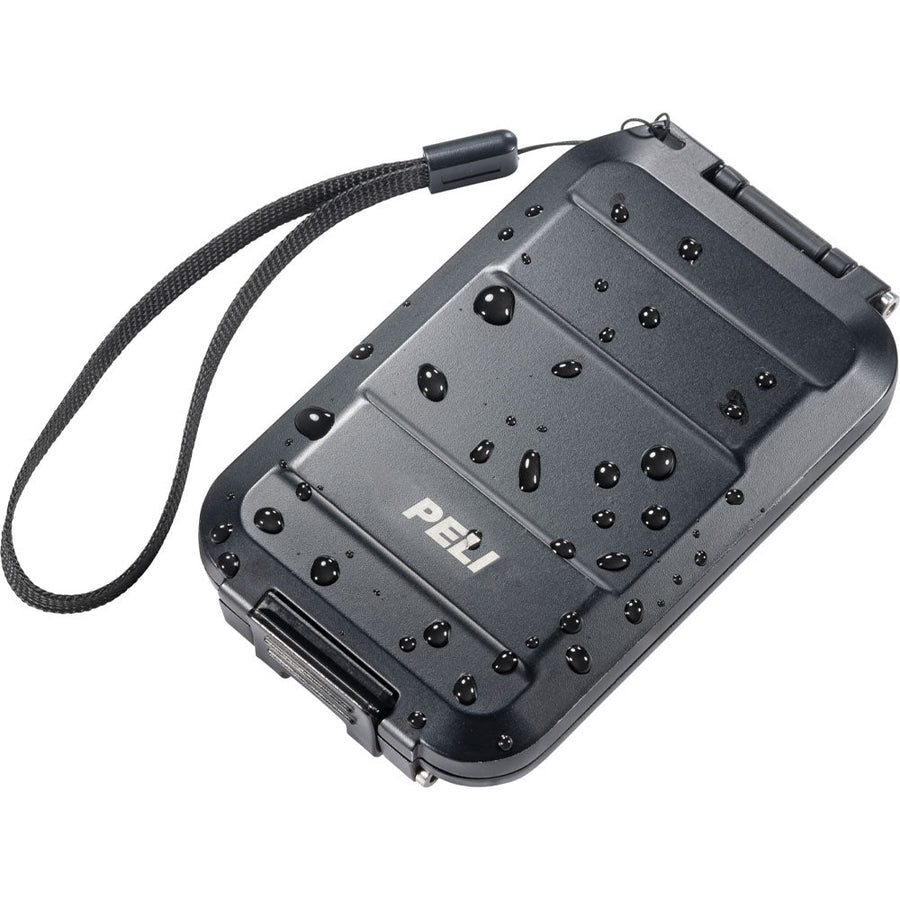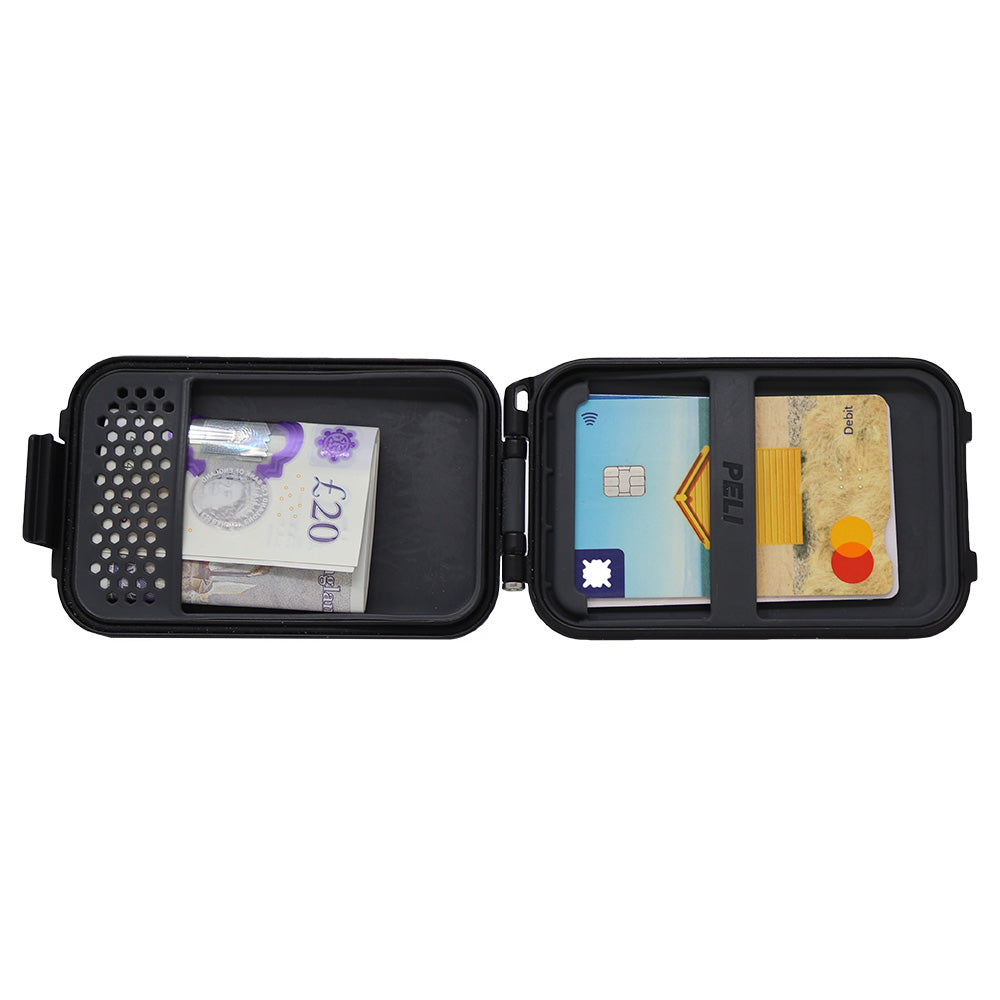Unexpected Food Photography Hacks
Professional food photography is a world away from a quick snap you might take of a dish and upload to Instagram.
Shoots that involve food as the main subject are rarely an impromptu event. They are meticulously planned weeks and even months in advance, to ensure the food stylists and photographers are happy with the end result.
These mouth-watering shots are not always what they seem. Far from the delicious dishes presented in the photograph, some of the most visually appetising photos require some very inedible and unexpected ingredients to have the desired outcome on camera.
Below, we’ve brought together some of the most unexpected (and some downright disgusting) hacks used by professional food photographers to style their shots.
Photographing Ice Cream - The Inside Scoop
Hot studio lights and scoops of cold ice cream could spell disaster for food photographers. To avoid getting themselves into a sticky situation and to guarantee a perfect shot, food photographers report using scoops of mashed potato coloured with food dye to replicate the cold, smooth creaminess of ice cream. Imagine digging your spoon into a mashed potato sundae!

Perfectly plump poultry
The humble mashed potato makes an appearance yet again, but this time it’s partnered with a large syringe to give the illusion of perfectly plump poultry.
On a food photography shoot, hot food (such as a roast chicken) can be left under the studio lights for hours on end which can lead to a less than perfect appearance. For this hack, the food photographer will load a syringe with smooth mashed potatoes and carefully inject them underneath the skin of the bird, to provide a plump, freshly cooked appearance.
A frosty cold glass of soda
Visual cues such as a frosted glass full of ice cubes are made to make your mouth water, but these effects can be tricky to achieve under the hot lights of a studio.
Here’s just some of the fake frosty hacks photographers use:
- Photographers will spray deodorant onto a glass to gives a frosted effect, as though it’s been pulled straight out of a freezer
- They will also use ‘fake’ ice cubes, often made from clear jelly or even acrylic to avoid a watery situation on set
- Glycerin is often used in beer adverts to achieve that signature drip of condensation down a frosty pint glass
Whether you’re a professional food photographer, or just starting to get acquainted with this genre of photography, you’re going to need something to carry all of your food photography equipment in. Take a look at our range of hard camera cases which could be the perfect solution if you’re travelling around with lots of equipment.

We’ve all seen the photos in recipe books and magazines of steaming hot bowls of food, but just how do photographers capture this in all of its glory? The answer is simple, they fake it!
- Microwaving wet cotton wool balls until they are steaming, then tucking them within dishes to give the illusion of a steam-filled shot
- For soup and other watery dishes, incense sticks are lit behind the dish and then the smoke is gently fanned to give the illusion of steam

Gravity defying garnish
When photographing dishes with garnishes like croutons or sprigs of basil, it can be annoying when they start to sink into the dish they are decorating. To overcome this, food photographers will often upturn another, smaller bowl and delicately place the garnish on top, to keep everything floating above the surface.
Champagne on a lemonade budget
When champagne is left in a flute for more than half an hour, it can lose its fizz and start to look a bit flat. One trick that food photographers use when shooting champagne filled flutes is to mix a concoction of water, soy sauce (for the tint of colour) and alka seltzer to create long lasting bubbles.
These are just some of the weird and wonderful food photography techniques that have been developed by professional food photographers, to ensure their shots are as appetising as possible.






Leave a comment